Mehmetcan Gok
Reliable Extraction of Semantic Information and Rate of Innovation Estimation for Graph Signals
Nov 10, 2022
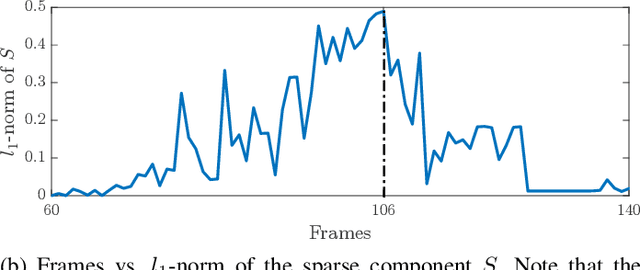

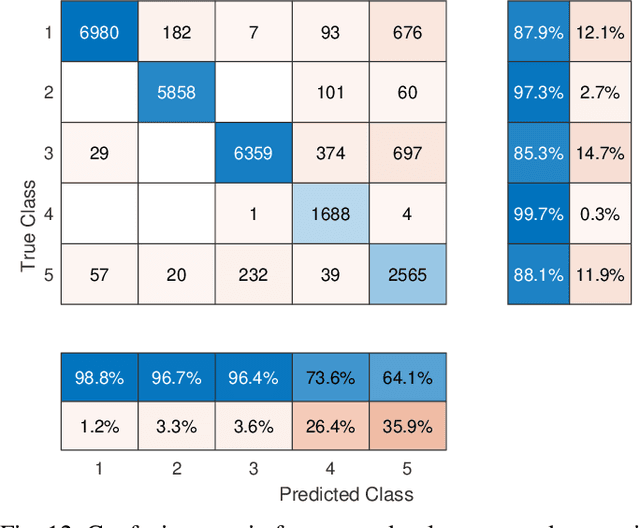
Abstract:Semantic signal processing and communications are poised to play a central part in developing the next generation of sensor devices and networks. A crucial component of a semantic system is the extraction of semantic signals from the raw input signals, which has become increasingly tractable with the recent advances in machine learning (ML) and artificial intelligence (AI) techniques. The accurate extraction of semantic signals using the aforementioned ML and AI methods, and the detection of semantic innovation for scheduling transmission and/or storage events are critical tasks for reliable semantic signal processing and communications. In this work, we propose a reliable semantic information extraction framework based on our previous work on semantic signal representations in a hierarchical graph-based structure. The proposed framework includes a time integration method to increase fidelity of ML outputs in a class-aware manner, a graph-edit-distance based metric to detect innovation events at the graph-level and filter out sporadic errors, and a Hidden Markov Model (HMM) to produce smooth and reliable graph signals. The proposed methods within the framework are demonstrated individually and collectively through simulations and case studies based on real-world computer vision examples.
Towards Goal-Oriented Semantic Signal Processing: Applications and Future Challenges
Sep 24, 2021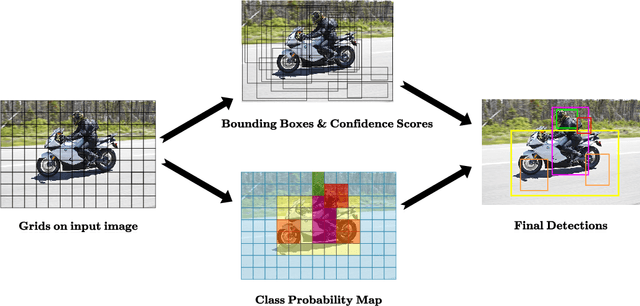
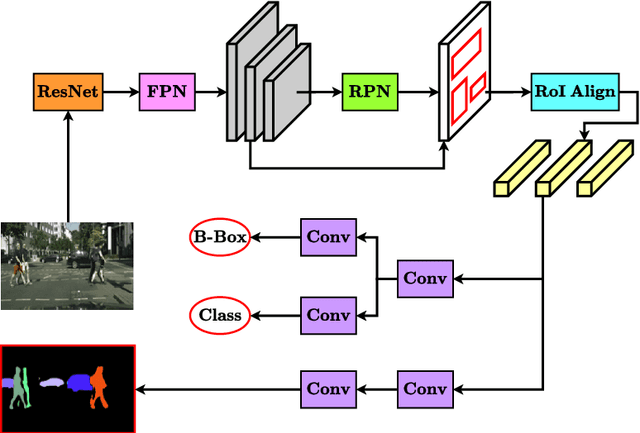

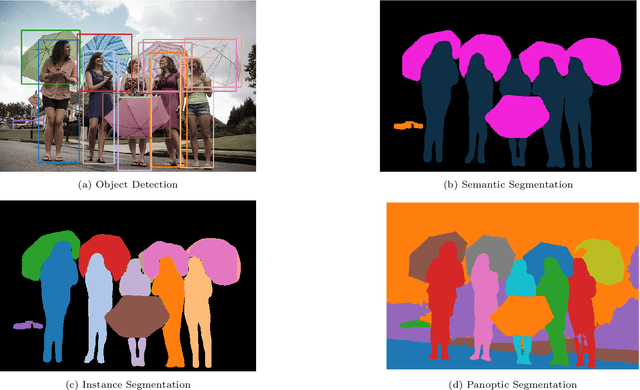
Abstract:Advances in machine learning technology have enabled real-time extraction of semantic information in signals which can revolutionize signal processing techniques and improve their performance significantly for the next generation of applications. With the objective of a concrete representation and efficient processing of the semantic information, we propose and demonstrate a formal graph-based semantic language and a goal filtering method that enables goal-oriented signal processing. The proposed semantic signal processing framework can easily be tailored for specific applications and goals in a diverse range of signal processing applications. To illustrate its wide range of applicability, we investigate several use cases and provide details on how the proposed goal-oriented semantic signal processing framework can be customized. We also investigate and propose techniques for communications where sensor data is semantically processed and semantic information is exchanged across a sensor network.
* 44 pages, 29 figures, 3 tables. This preprint will be published in the Digital Signal Processing Journal's 30th anniversary issue on Future Signal Processing
 Add to Chrome
Add to Chrome Add to Firefox
Add to Firefox Add to Edge
Add to Edge